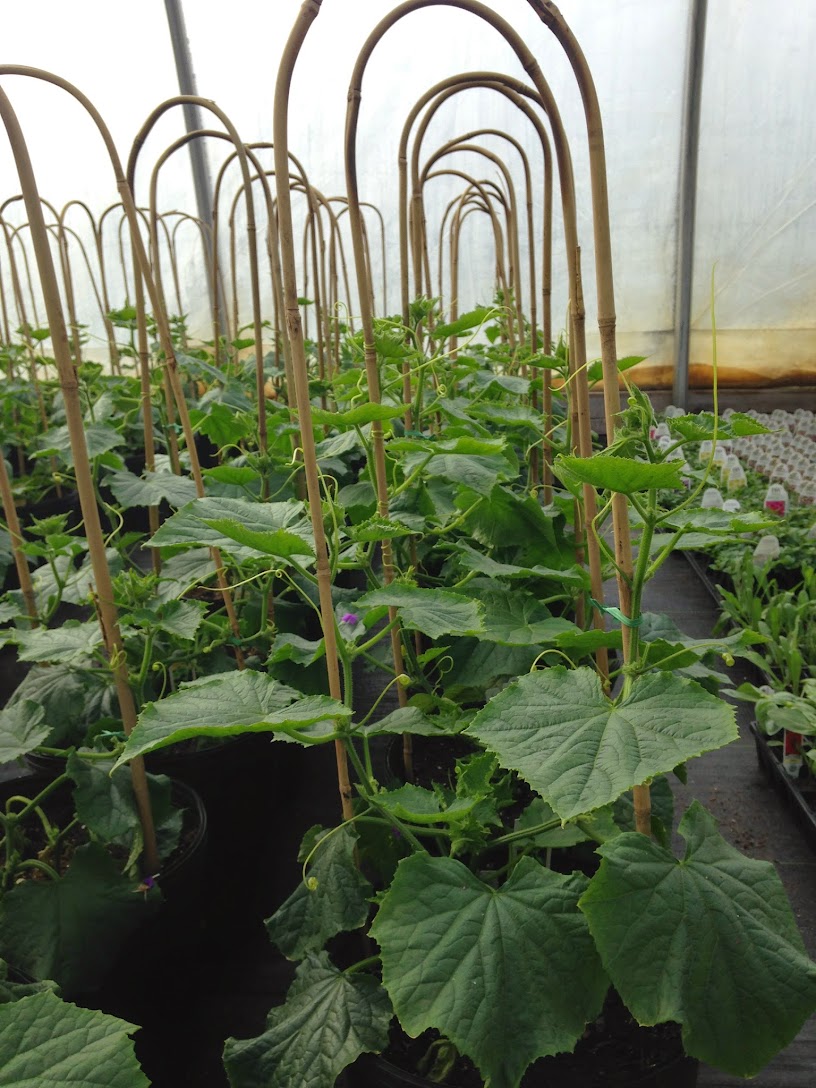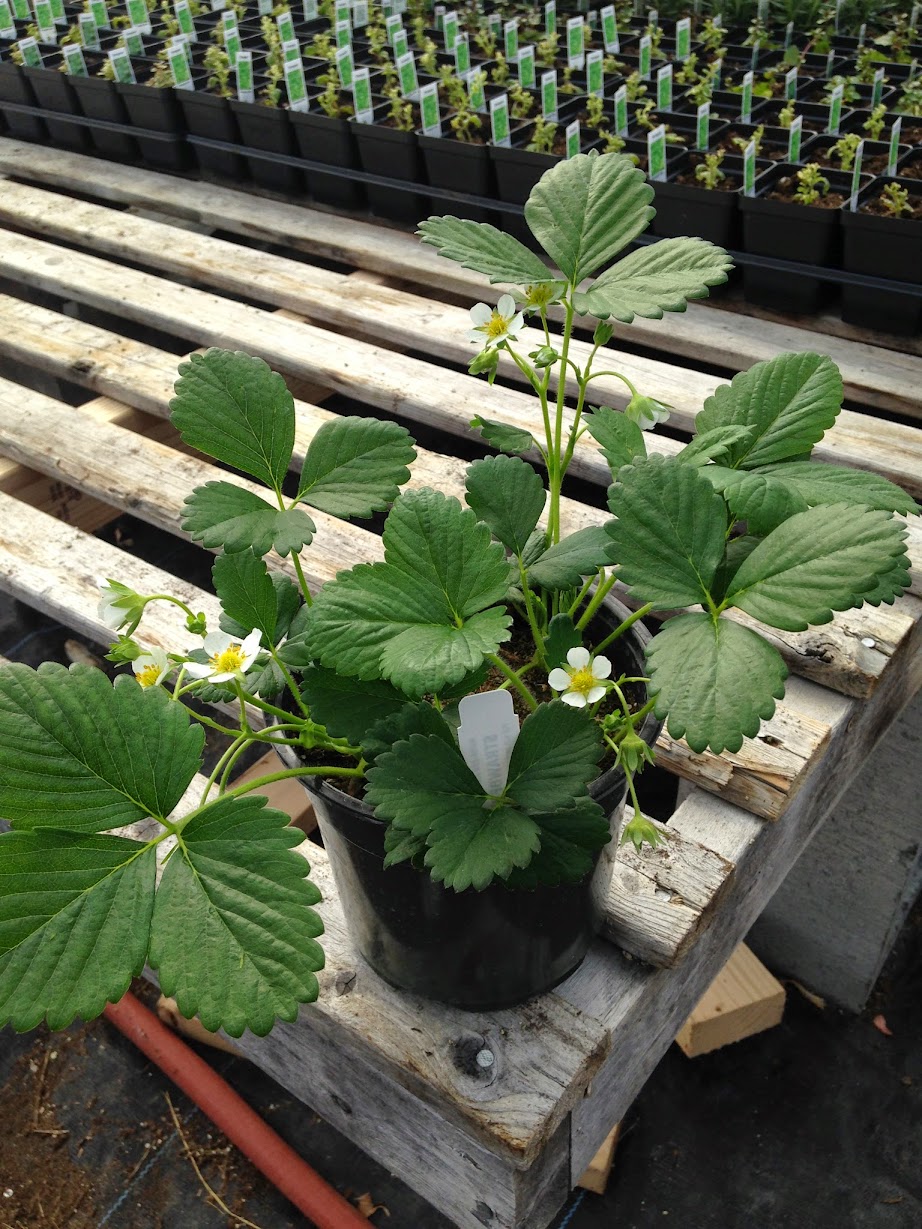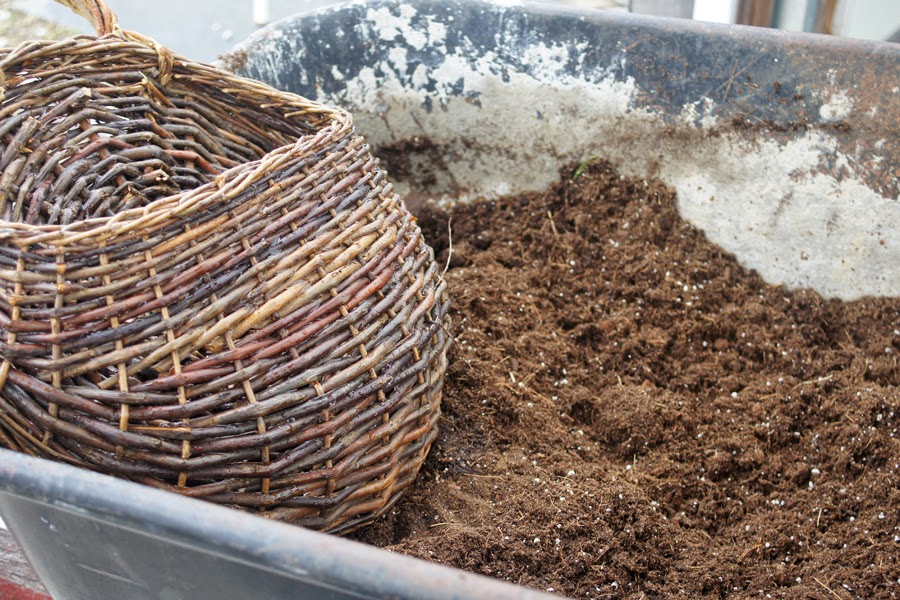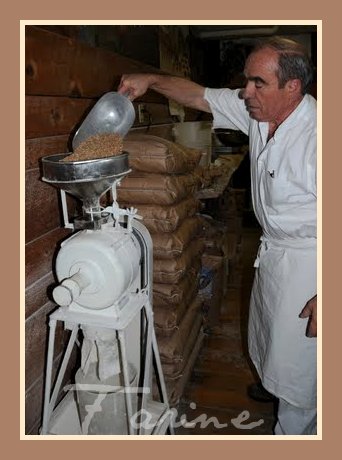Come bask in the magic of the late summer herb harvest with us.
We’ve put together an amazing day of events showing how to make the most of all of the flavors, fragrance and bounty that summer has to offer!
Join us for samples, special workshops with local experts and a free tour of Red Wagon’s herb growing operation!
So you want to:
-Support winter wellness for your whole family?
Learn the lore and history of two classic herbal preparations with Sophie: Fire Cider and Four Thieves Vinegar! Everyone will go home with lots of recipes and some samples to try.
1PM - 2:30PM Click to register for Fire Cider and 4-Thieves Vinegar with Sophie Cassel
-Preserve the bounty of your herb garden?
Together with Julie, make herbes salées, herb salt, and a compound herb butter. This will give you lots of ideas for using up your own herbs, and you will leave with lots of goodies for your fridge, freezer, and pantry.
3PM - 5PM Click to register for Preserving the Herb Garden for Winter Use with Julie Rubaud
-Look at nature through a queer lens?
Circle round with Kat to learn about the queer facets of over a dozen different species of Goldenrod that grow in Vermont. You’ll gain new ways of looking at the world of plants and other living beings around you.
11AM - NOON Click to register for Queer Botany - Goldenrod with Kat Consler
-Meet and identify the wild and weedy plants around you?
Join Maggie’s plant walk to spy and learn fun facts about the uncultivated plants growing around Red Wagon and our intermingled relationships with them. You’ll also get your own copy of An Urban Field Guide to the Plants in Your Path.
5 PM - 6 PM Click to register for Plant walk with Maggie Herskovitz
-Step into the sacred art of herbal smoking blends?
Allyson will show you how to safely prepare a divine blend of Vermont-grown botanicals and use herbal smoke as part of personal ritual and wellness practice, and you’ll go home with your own tin of Goddess Smoke. Free of charge for BIPOC participants.
10AM - 11AM Click to register for Goddess Smoke Blend with Alysson Sprinkel
See you in the herb garden!













































